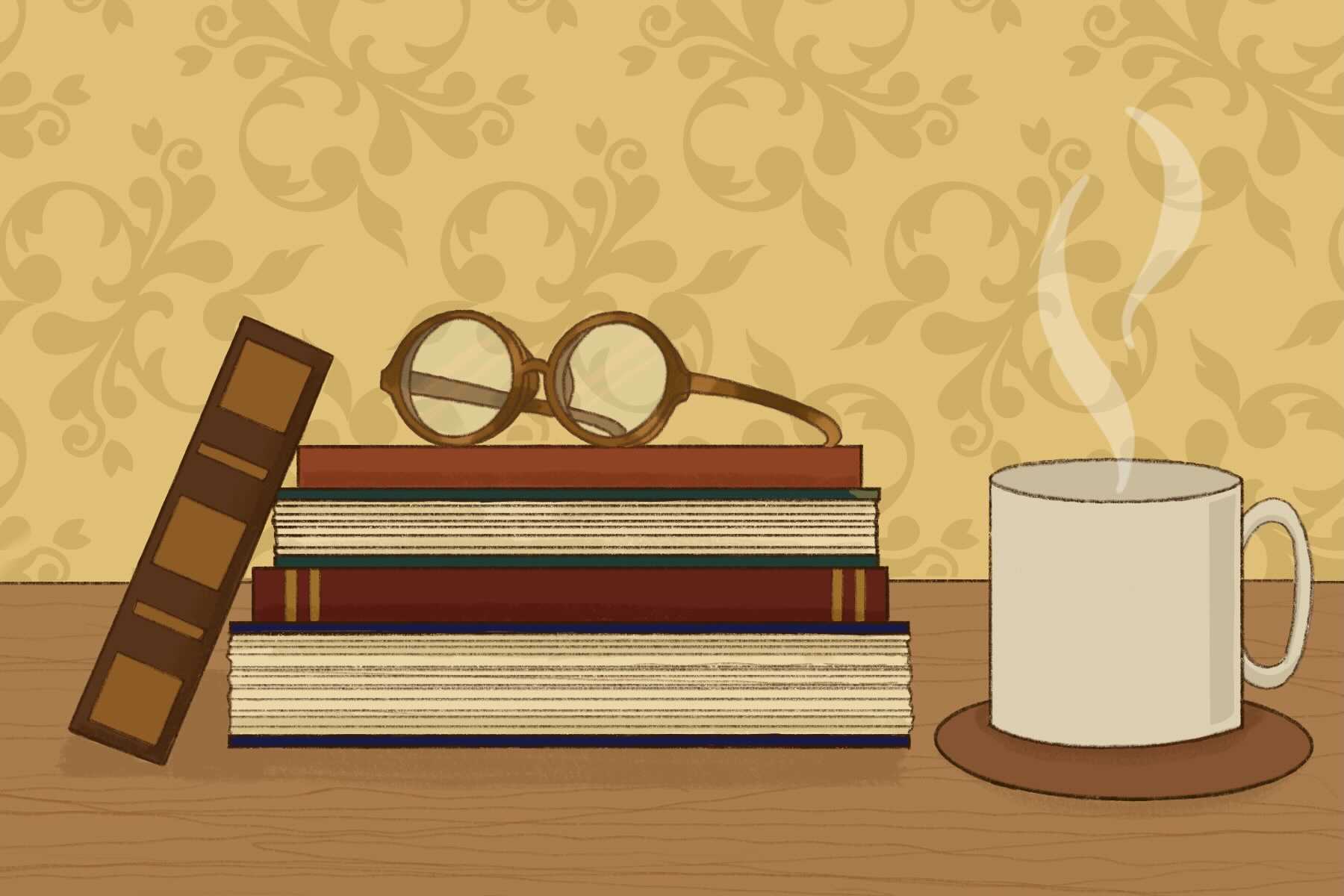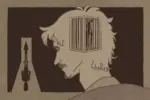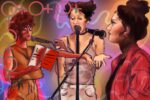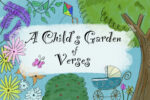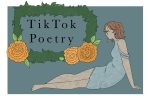Genres are incredibly helpful tools, used to group artistic compositions like music, movies and books into categories so we can better discuss, isolate and generalize them. Pieces are typically arranged by style, form and subject matter. The five main genres in literature are fiction, nonfiction, drama, poetry and folktale, though there are many more specific categories like action, mystery and adventure.
But did you know there are genres you may not have heard about that are both used as a legitimate category and have a substantial following? Here are a few obscure book genres you probably haven’t heard of.
1. Twitter Fiction
Twitter fiction, or Twitterature, is a genre that uses the microblogging service of Twitter to disseminate fictional stories, poetry and aphorisms. It was popularized by Alexander Aciman and Emmett Rensin in their book — also called Twitterature — which contains a collection of the best works of fiction across the platform.
Twitter fictional stories can include retellings of classics or legends, fan fiction and original stories. Writers may write original tales post by post or open up the comment section to collaborate. Twitter stories must be completed in Twitter’s 280 — originally 140 — character limit in one post or in a series of posts. Although this character limit may seem restrictive, aspiring writers do not see it as a stumbling block, but rather, as a creative challenge. Many well-known writers have participated in writing Twitter fiction too.
Poetry is written on Twitter as well, typically in haiku form. Haikus are a classic Japanese poem style that contains 17 syllables and are written in three lines of five, seven and five. Many Twitter accounts post poetry exclusively, including haikus and other forms.
2. Gaslamp Fantasy
Gaslamp fantasy, also known as gaslight fantasy or gaslight romance, falls between the fantasy and historical fiction genres. Pieces typically take place in a Victorian or Edwardian setting with stock characters, themes and tropes from Gothic literature. This genre is commonly compared to steampunk because they share the same historical settings, but gaslamp fantasy does not usually include the heavy sci-fi aspects that steampunk does.
Although you may not have heard of gaslamp fantasy, you may know some of the works in the genre, such as Bram Stoker’s “Dracula.” Apart from books, it can also be expressed in mediums such as movies, television, internet comics and video games.
Shows like “Carnival Row” and “Shadow and Bone” are considered gaslamp fantasy, as well as the video game “Dishonored.” After the term was coined, the genre has been retroactively attached to other Victorian-era fiction, such as works by Jules Verne and Sir Arthur Conan Doyle.
3. Nordic Noir
Nordic noir is a dark and moody genre of crime fiction. It’s written from the police’s point of view with the bleak backdrop of Scandinavia or Nordic countries such as Denmark, Greenland, Sweden, etc. The genre is commonly known for its contrast between a seemingly vapid social surface and the violent criminal activities simmering within, such as rape or murder. Many run like a police procedural drama, showing the day-to-day life of police officers as they investigate several crimes, such as Henning Mankell’s Kurt Wallander detective series. It is written in distinct, plain language, with few metaphors or unnecessary words.
There are many popular examples of Nordic noir in pop culture. Stieg Larsson’s “The Girl with the Dragon Tattoo” and Jo Nesbø’s “The Snowman” are both examples of books turned into movies. “Bordertown,” “The Killing” and Netflix’s “Broadchurch” are series that are also a part of this genre. Nordic noir differs greatly from plain crime fiction in that it contains critical perspectives of the Nordic countries and Scandinavian society. Although Scandinavia’s political system pushes equality and social justice through the Nordic model, it has been seen to cover up dark secrets and crimes. Many Nordic noir authors are from the region, so they speak from an authentic perspective.
4. Bizarro Fiction
Bizzaro fiction is basically exactly what it sounds like: the genre of weirdness. Books in this genre use absurdism, satire and the grotesque to entertain readers. Its main goal is to be strange, but also interesting. One of the creators of bizarro fiction is a publishing company called Eraserhead Press, led by publisher Rose O’Keefe. They embrace weirdness as part of their brand.
Bizarro can be pulpy, humorous, smart and unpredictable — it never takes itself too seriously, and can include gross-out humor, body horror and surrealism. Some popular books include “Slub Glub in the Weird World of the Weeping Willows,” which is about a blue glob who goes on an interplanetary adventure to cure the sadness of willows, and “HELP! A Bear is Eating Me!,” which is about a man trapped under an SUV who explains why everyone is at fault for his predicament but him.
Bizzaro typically breaks from clichés and deviates from expectations, containing two or more strange elements in its works. This is why science fiction wouldn’t fall into this grouping, as it typically contains only one strange element. Bizarro fiction is considered a cult subgenre because its readership is small but extremely invested. “The Bizarro Starter Kit” contains many of the best bizzaro fiction pieces in different colored volumes.
Genres are wonderful tools. Without them, we wouldn’t be able to arrange various artistic works into distinct categories. If you enjoy a piece of literature, you can find similar works grouped by style, form and subject matter. Literary genres go beyond fiction, nonfiction, drama, poetry and folktale. Try out a composition from an obscure genre above, and see how the style is similar and different from works in a genre you’re familiar with. You might find it’s your new favorite one.


